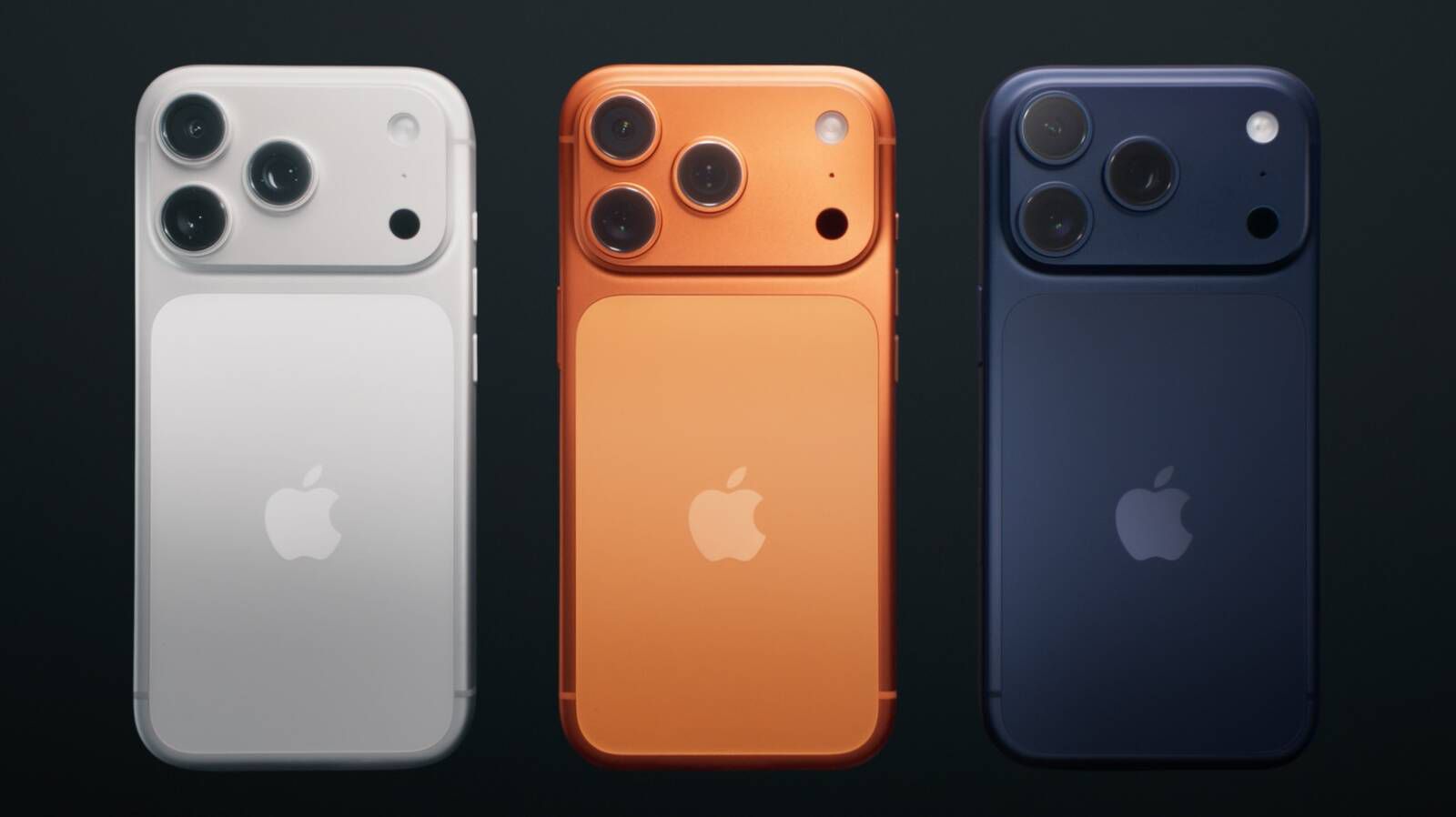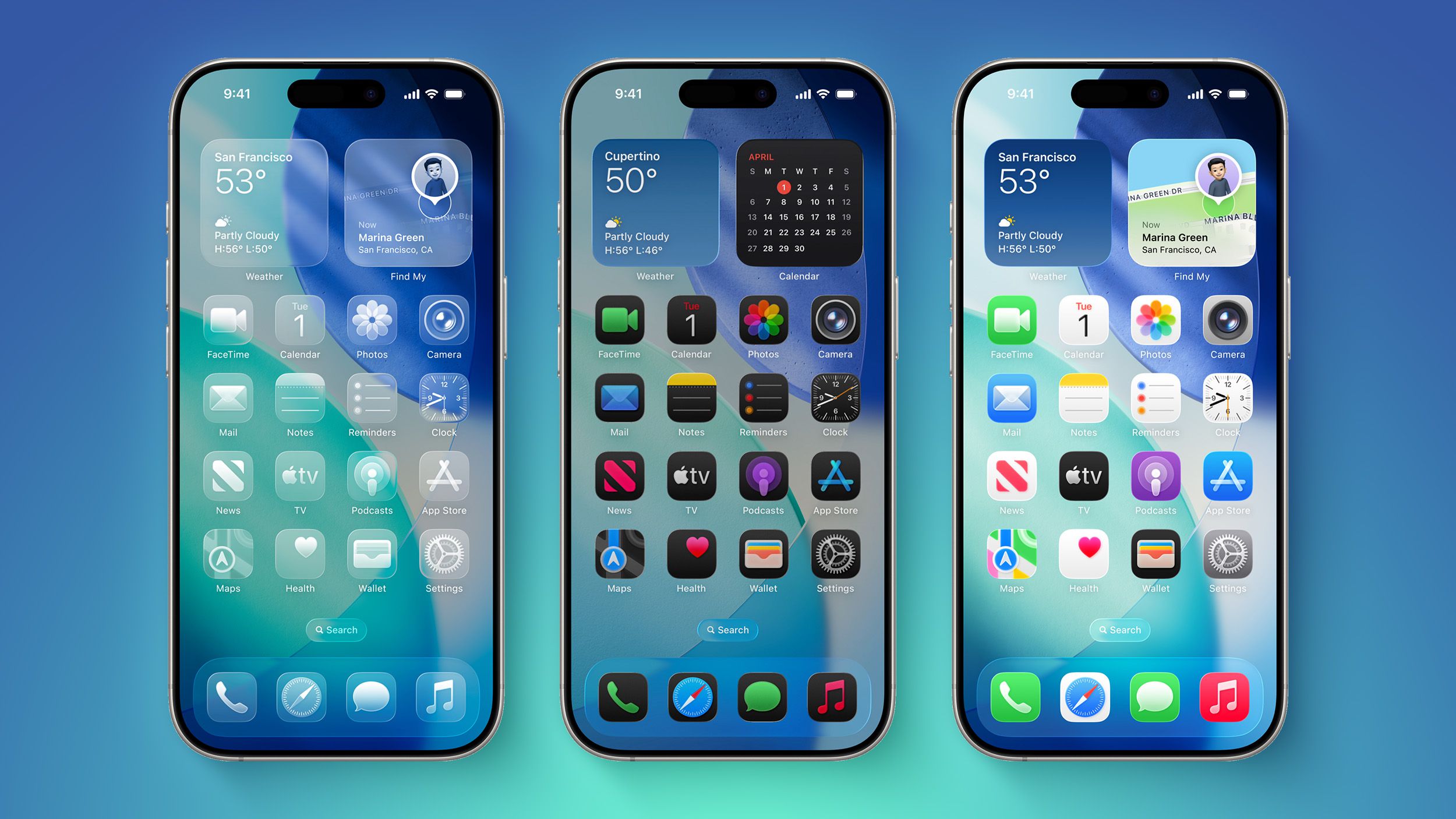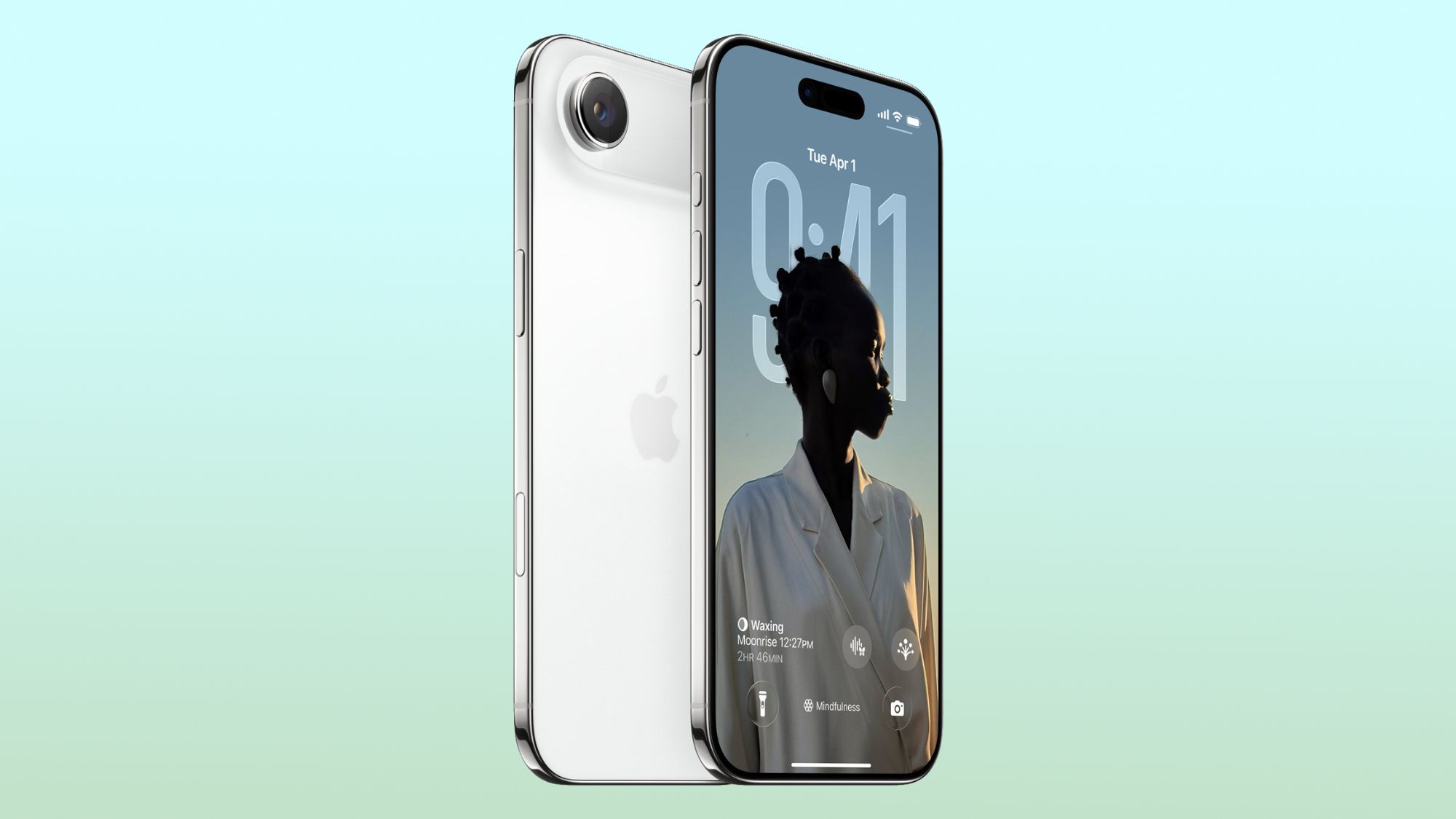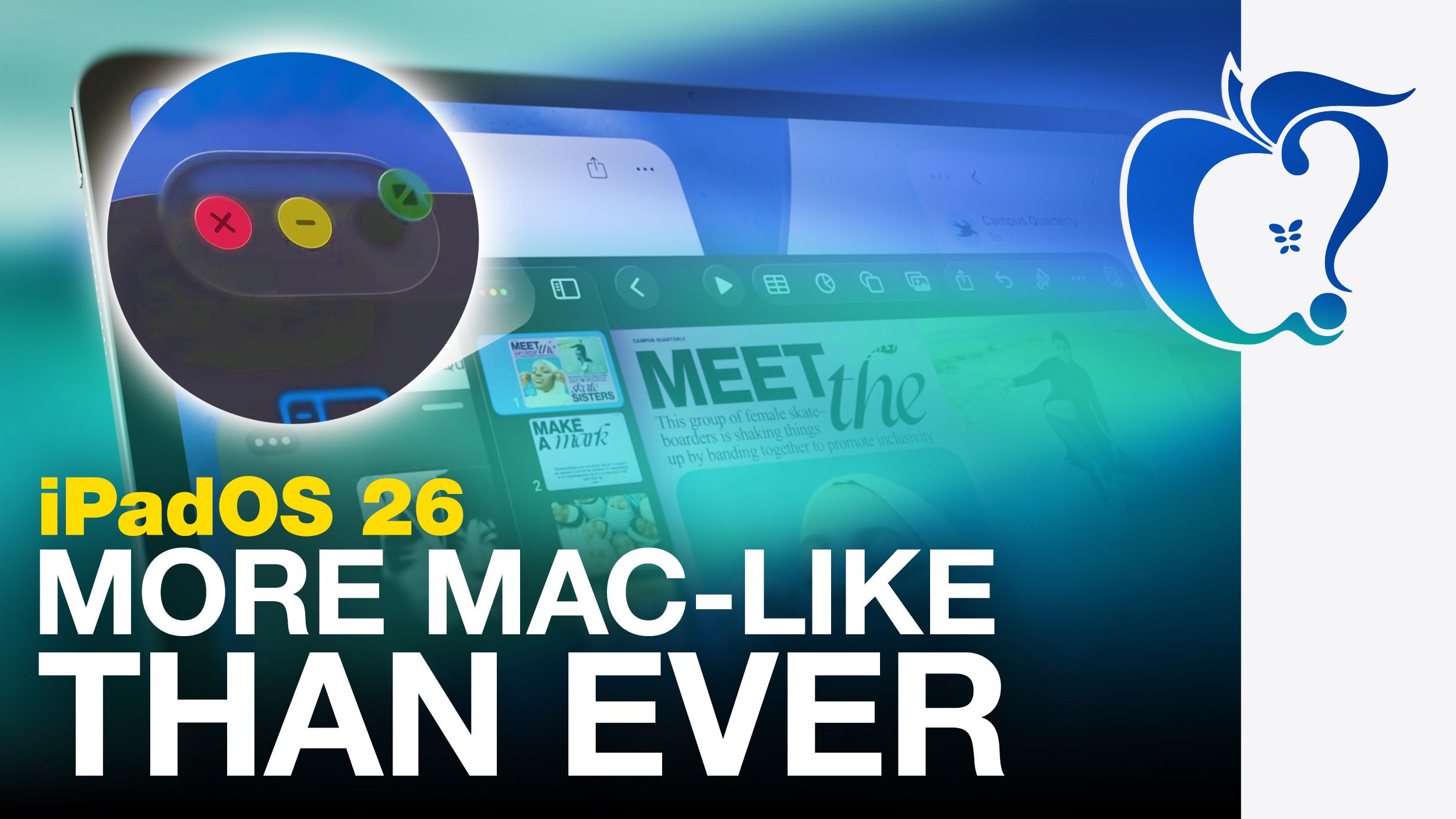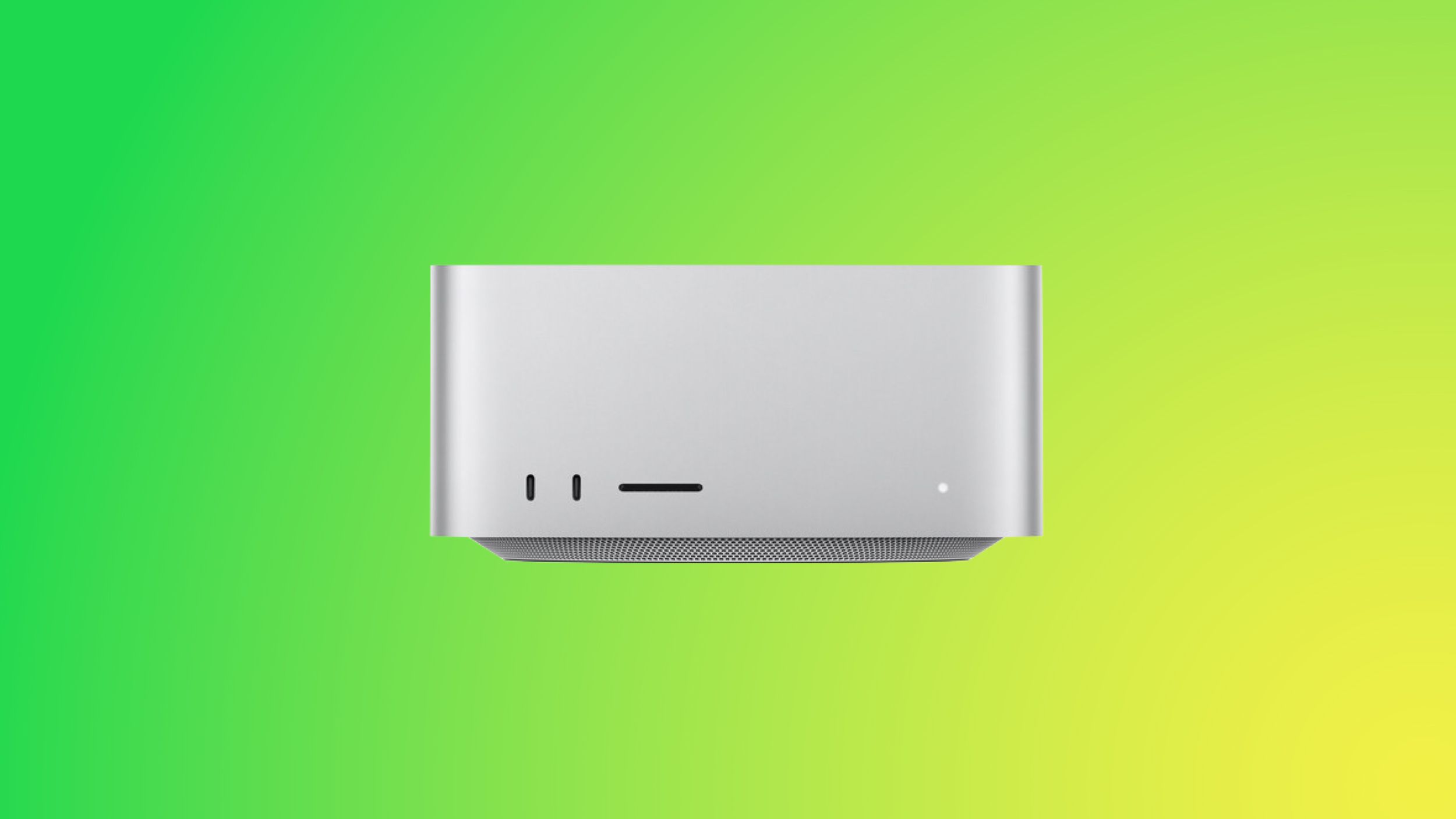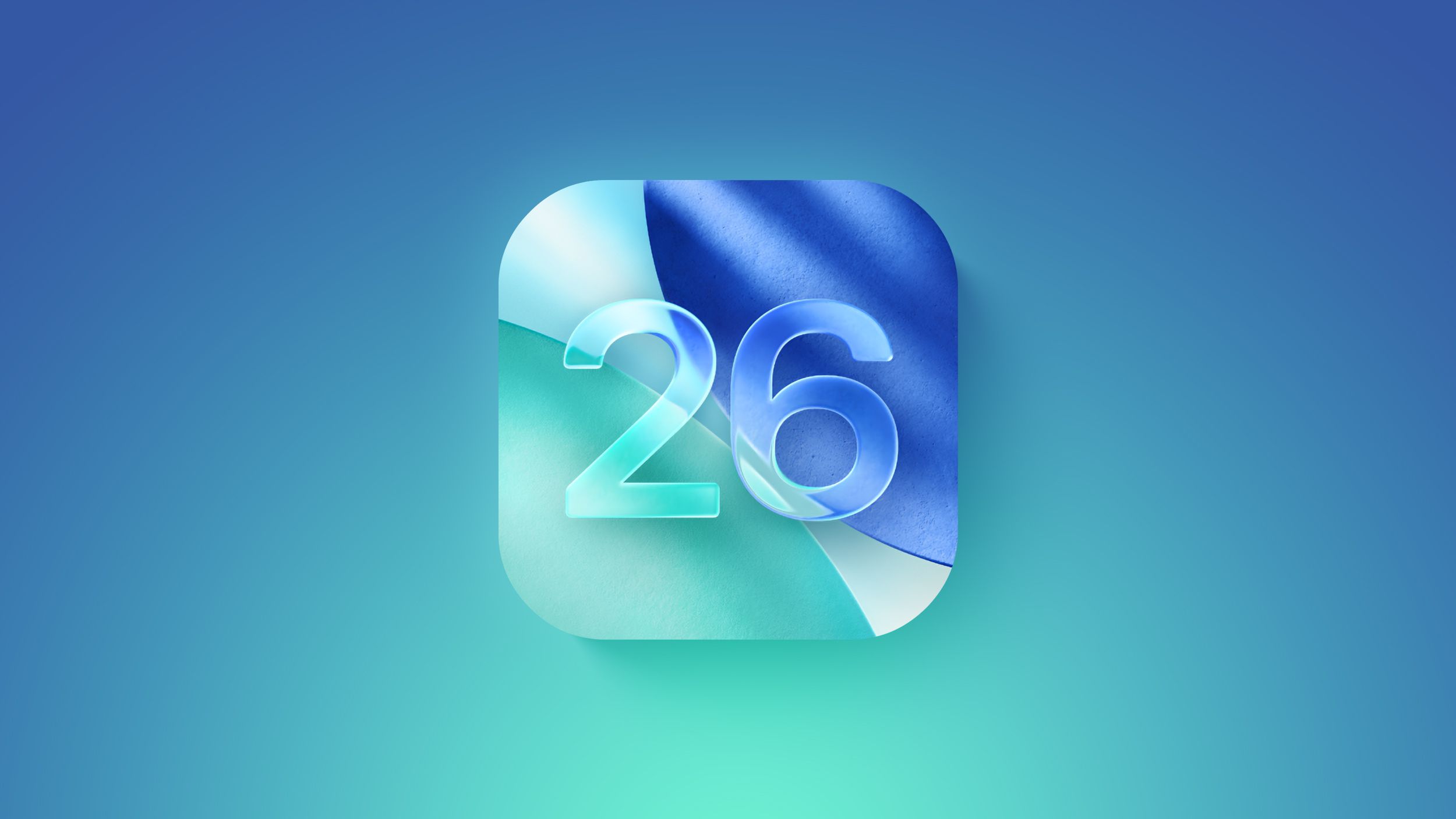While the iPhone 17 series and the iPhone Air are still a few days away from launching, there are already some early rumors about the iPhone 18 Pro's design.Overall, the iPhone 18 Pro models will feature a similar design as the iPhone 17 Pro models, according to Digital Chat Station, a previously-accurate leaker with more than three million followers on Chinese social media platform Weibo.In a post today, the leaker said the devices will have the same rear camera system design as the iPhone 17 Pro models, with a "plateau" housing three lenses in a triangular arrangement.
He also expects the iPhone 18 Pro and iPhone 18 Pro Max to have the same 6.3-inch and 6.9-inch display sizes used since the iPhone 16 Pro and iPhone 16 Pro Max.Notably, the leaker claimed that the Ceramic Shield area on the back of the iPhone 18 Pro models will feature a "slightly transparent design," without elaborating.The post also said the iPhone 18 Pro models will be equipped with a stainless steel vapor chamber cooling system.
On the iPhone 17 Pro models, Apple says the vapor chamber is laser-welded into the aluminum unibody, but it is not entirely clear if it uses any other types of metal.Teardowns will provide a closer look at the vapor chamber in the coming days.In related news, Taiwan's this week reported that iPhone 18 Pro models will be equipped with an A20 Pro chip, fabricated with TSMC's latest 2nm process.
The devices will also feature Apple's C2 modem, rather than a Qualcomm modem, the report said.Both of these changes have been widely rumored already.Like all sources, Digital Chat Station has some hits and misses.
We are still a year out from the iPhone 18 Pro models, so expect plenty more rumors to follow.Even if early rumors are true, designs and specs can change before they are finalized.Earlier this week, another leaker claimed the iPhone 18 Pro models will feature a smaller Dynamic Island, but they do not expect the devices to have under-screen Face ID.

